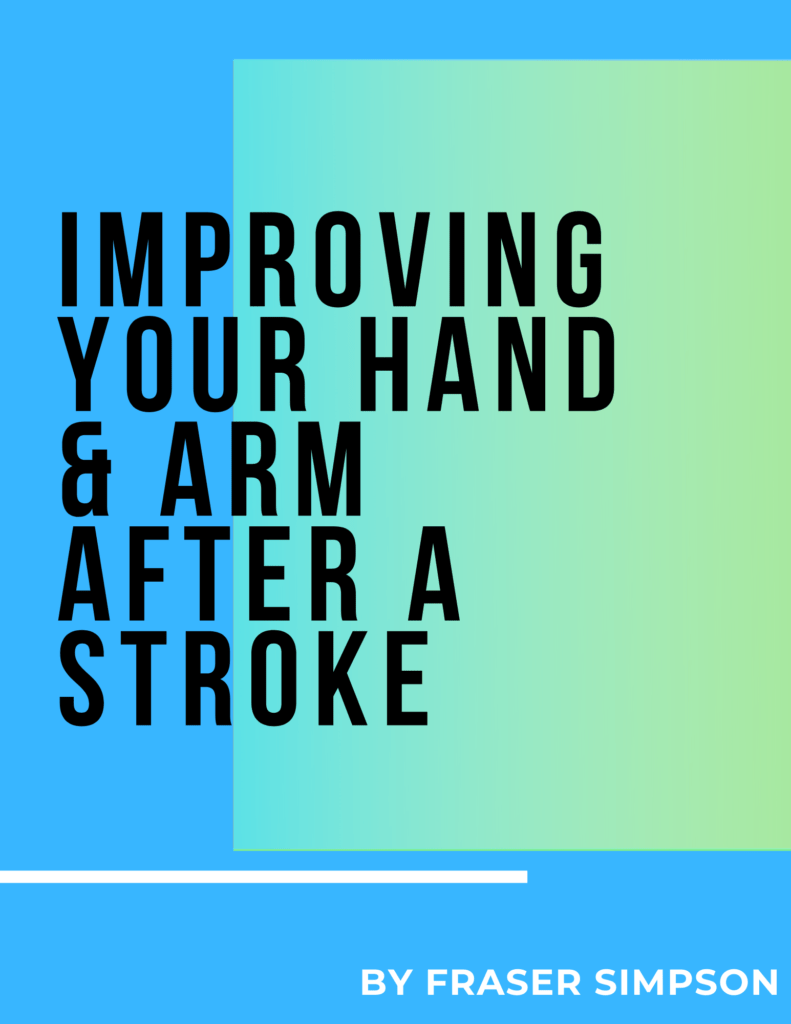When practicing PD Neuro Active exercises, a lot of people will ask how they can transfer this to their every day life, the main one being with their walking.
With Parkinson’s disease, the “amplitude†of movements is affected, so steps when walking can become shorter, more shuffled, and sometimes difficult to initiate. Your brain has to work extra hard to tell your body to walk in a way that previously would have been automatic for you. Not only that, but you are having to train the conscious side of your brain to do this, whereas previously the movement has been habitually engrained.
Think of it as the running of a supermarket. The employees who keep the shelves stacked are very efficient and experienced at what they do, they know what time deliveries are, where everything belongs and do this without having to make new decisions often. Imagine now that all of these employees are off sick, so the CEO of the company has to step in. The CEO hasn’t done this since they started out 40 years ago, so they are having to relearn the job and new processes, all whilst trying to keep on top of their usual caseload of work. This takes up a lot of mental effort, but over time and with repetition they learn new ways of managing these things all at once.
PD Warrior uses powerful, large amplitude movements to help combat the changes that Parkinson’s Disease can bring about. Repetition is key to this training to give your brain the best chance of relearning these movement patterns. This is why it’s really important to do your exercises every day. We know that when transferring the exercises to every day situations, other distractions can come in to play, for example crossing a road or avoiding obstacles on a pavement. As you progress with PD Warrior, we increase the complexity of the exercises to work the multi-tasking side of your brain. This way, when you encounter an obstacle, you are much better equipped to deal with this. So if you think we’re a little daft for making you sing Tadaa or wave a scarf about whilst your legs do something different, firstly, you are correct for thinking that, but secondly, know that there is a reason behind it!
from ‘the Neurophysiotherapist Team at Simpson Physiotherapy Ltd.



